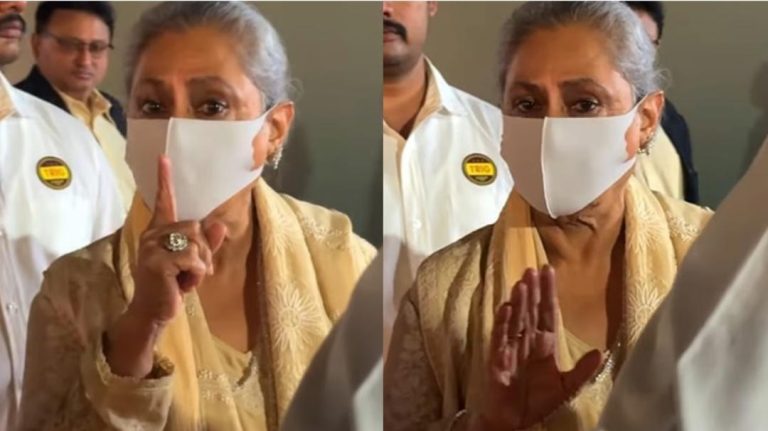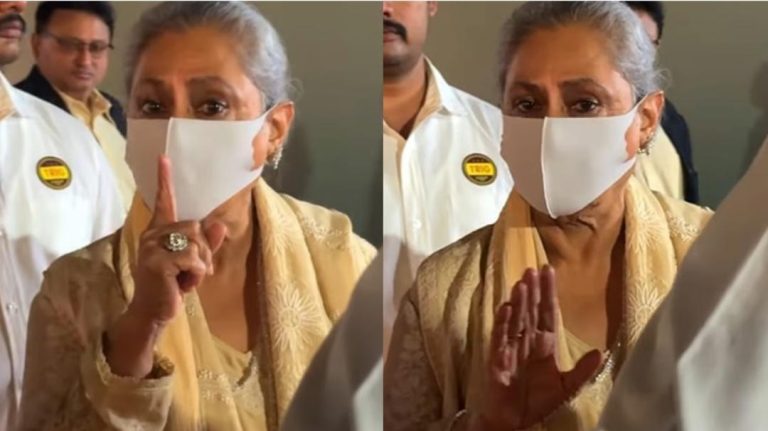
Cable TV Loses 5 Lakh Jobs as Digital Platforms Take Over
The Indian pay TV sector has witnessed a significant decline in recent years, with over 5 lakh jobs lost in the past seven years alone. This staggering figure is a direct result of the sharp drop in subscribers, driven by the rise of over-the-top (OTT) platforms, smart TVs, and free satellite services. The decline of cable TV is a stark reminder of the broader digital disruption that is reshaping the media landscape.
According to a recent report, the revenue of India’s pay TV sector has plummeted by 16% since 2019. This decline is a worrying trend that highlights the urgent need for the sector to adapt to the changing media landscape. The report also notes that the number of subscribers has decreased significantly, with the sector losing millions of viewers in the past few years.
The decline of cable TV is not unique to India; it is a global phenomenon. The rise of digital platforms has disrupted traditional broadcasting models, leading to a decline in the number of viewers and revenue. However, the Indian pay TV sector’s decline is particularly stark, with over 5 lakh jobs lost in the past seven years.
The sector’s decline is attributed to the rise of OTT platforms such as Netflix, Amazon Prime Video, and Disney+ Hotstar. These platforms offer a wide range of content, including TV shows, movies, and original content, which has attracted millions of viewers away from traditional cable TV. The proliferation of smart TVs and streaming devices has also made it easier for viewers to access content online, further eroding cable TV’s market share.
Free satellite services such as DD Free Dish and Tata Sky’s Free Dish have also been a major threat to cable TV. These services offer a range of channels for free, which has made them an attractive option for viewers who are looking for affordable entertainment options.
The decline of cable TV has significant implications for the sector’s workforce. Thousands of employees have lost their jobs, and many more are at risk of losing their jobs in the coming years. The sector’s workers, including technicians, customer service representatives, and sales staff, are in dire need of upskilling and reskilling to adapt to the changing media landscape.
To address the issue, the pay TV sector needs to invest in workforce development programs that focus on digital skills. This includes training programs that equip employees with skills such as data analysis, content creation, and digital marketing. The sector also needs to focus on creating new job opportunities in areas such as content production, distribution, and monetization.
The decline of cable TV also highlights the need for the sector to adapt to a post-linear media landscape. The traditional linear model of broadcasting, where viewers watch content at a specific time and place, is no longer relevant. The rise of digital platforms has enabled viewers to watch content at any time and place, which has changed the way content is consumed.
To adapt to this new landscape, the pay TV sector needs to focus on creating personalized content experiences for viewers. This includes offering a range of content options, including TV shows, movies, and original content, that cater to different viewer preferences. The sector also needs to invest in data analytics to better understand viewer behavior and preferences.
In conclusion, the decline of cable TV in India is a significant trend that highlights the urgent need for the sector to adapt to the changing media landscape. The sector’s workforce, including thousands of employees who have lost their jobs, needs to be upskilled and reskilled to adapt to the digital disruption. To address the issue, the sector needs to invest in workforce development programs and focus on creating personalized content experiences for viewers.
Source: https://youtu.be/AMHTmYb_Hz8





